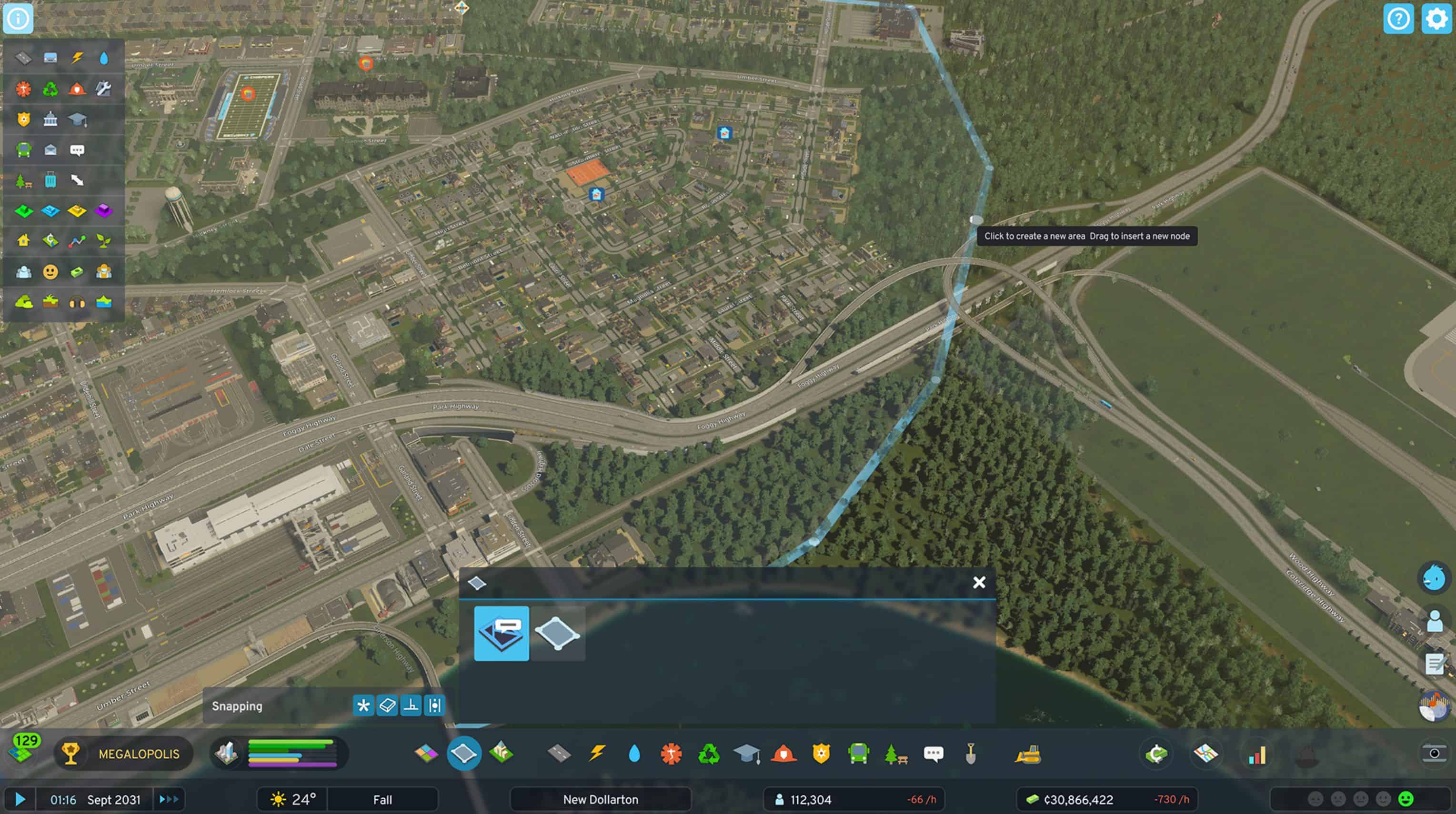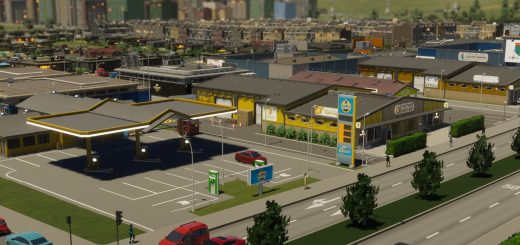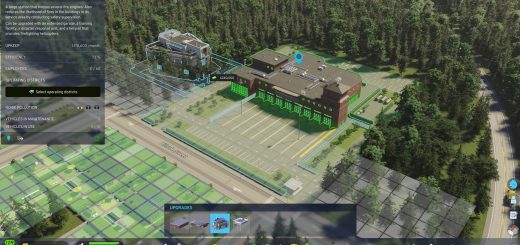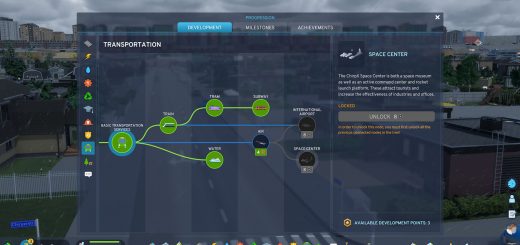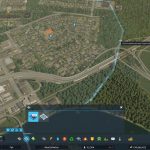
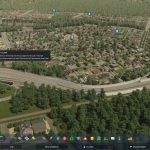

Cities Skylines 2: Districts and Policies
Districts offer detailed insights into their residents, while policies allow for both city-wide and district-specific customization, enhancing the distinctiveness of various urban sections. The District Panel presents data on the population size, their average wealth, education standards, and the active policies for the respective district. Hovering over the district’s Happiness metric reveals the pros and cons of that area, guiding your city improvement initiatives.
To craft a district, use the District Tool, demarcate its boundaries, and upon closing the specified area, a district is birthed. This approach, superior to its predecessor, ensures speed and accuracy. Post-creation, adjustments are seamless—alter boundary nodes or introduce new ones. Although it’s auto-named, personalization is available post-creation.
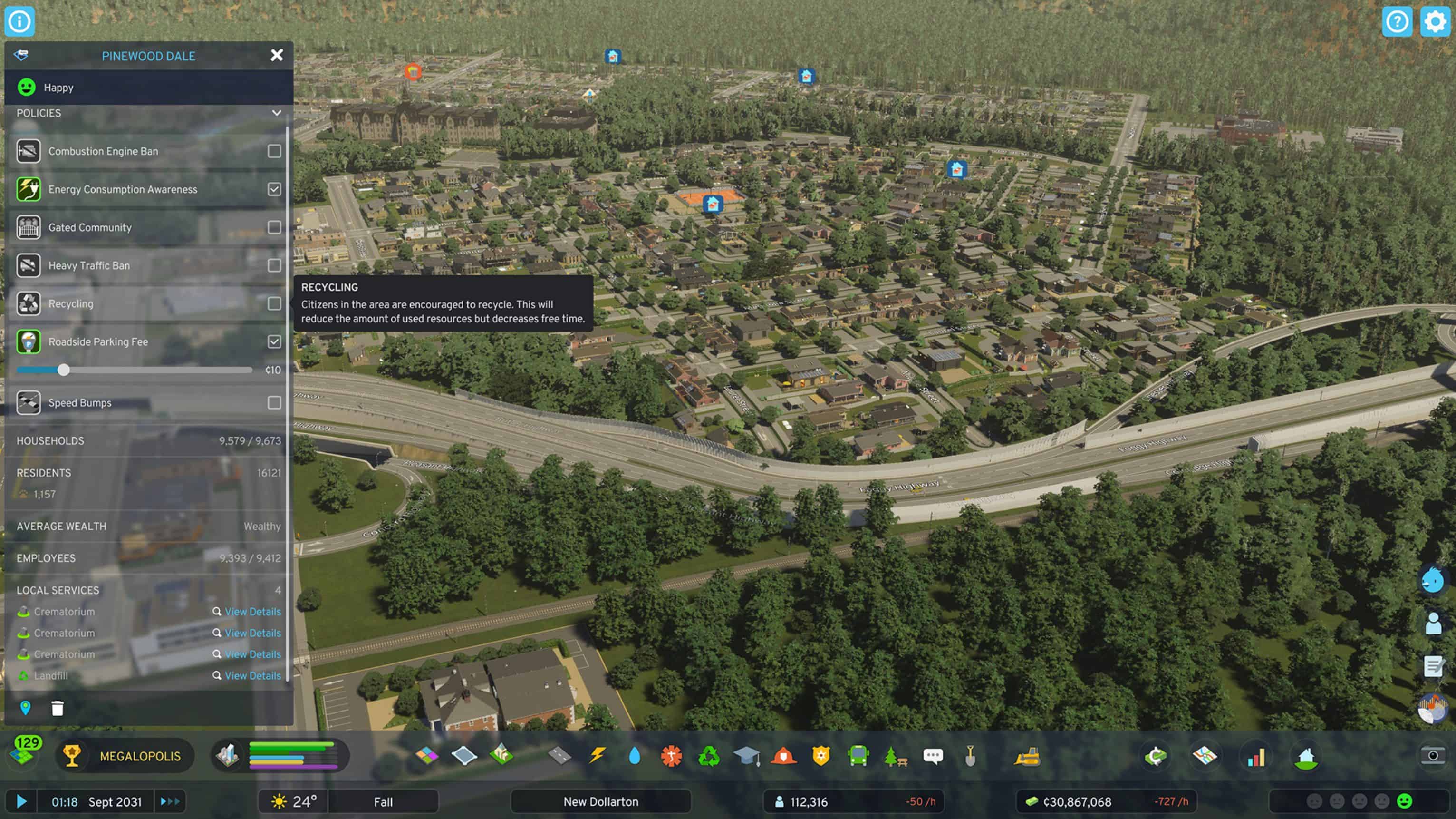
City services can cater to one or several districts, streamlining their reach. Services not bound to any district serve the entire city. It’s pivotal to understand that a service facility, even if catering to numerous districts, exerts its passive effects solely within its immediate surroundings. However, its operational effects, like vehicle movement, span across the designated districts.
District policies amplify urban management precision. For instance, capping heavy traffic in an area curtails noise and pollution, boosting resident health. Introducing speed bumps moderates traffic pace, mitigating noise and potential mishaps. Establishing a gated zone restricts entry to essential vehicles. Implementing parking charges not only boosts revenue but also influences residents’ commuting preferences.
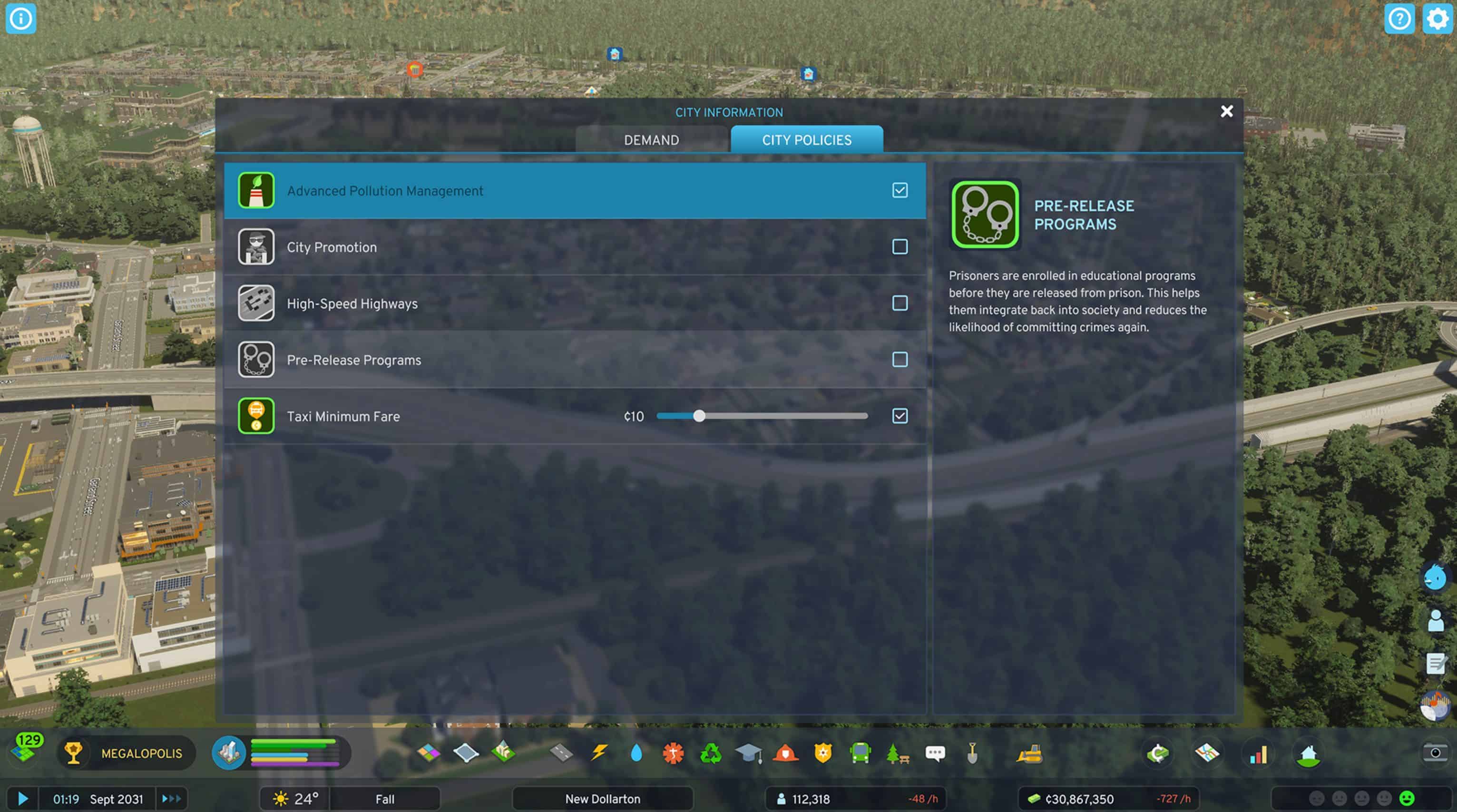
On the other hand, city-wide policies apply universally, like unhindered speed on highways or integrating pollution-control mechanisms in factories. Some bring along repercussions, while others are fairly neutral. For instance, unrestricted highway speeds can enhance traffic flow but may spike accident risks. Pollution-control mechanisms curtail emissions but demand regular upkeep, adding to waste generation.
Cities: Skylines II showcases 7 unique district policies and 5 city-wide directives for tailored urban management. For district policies, simply choose the desired district and the policies to apply, whereas city policies are located within the City Information panel.
That wraps up our rundown for today. We trust this sheds light on Cities: Skylines II’s service dynamics, identifying both innovations and familiar elements. Are you excited about upgrading your service infrastructures or the potential for service trade? Share your thoughts below. Stay tuned for next week as we delve deeper into the intricacies of Electricity and Water services in Cities: Skylines II, ensuring you’re equipped to offer these fundamental amenities to your residents.

